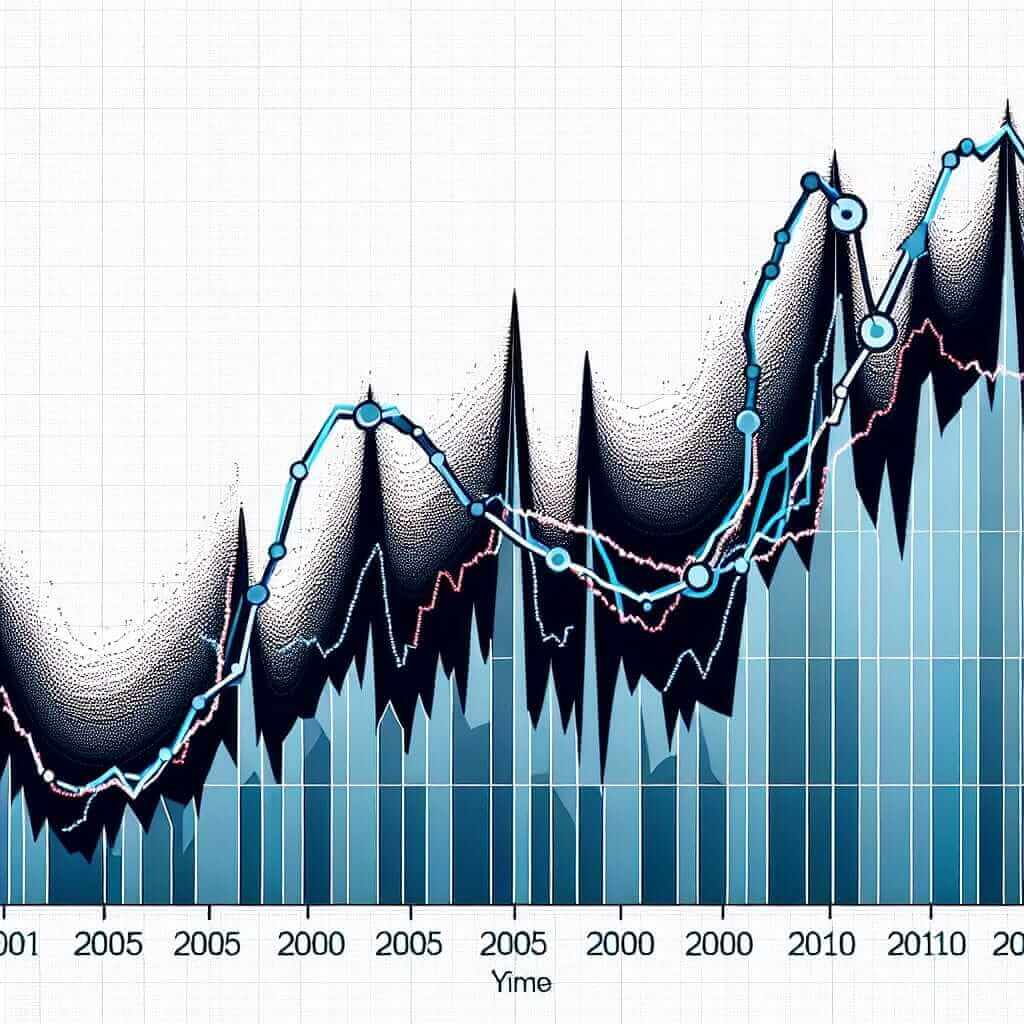As an IELTS instructor with over 20 years of experience, I’ve witnessed firsthand the challenges students face in IELTS Writing Task 1, particularly when it comes to describing trends and proportions. One phrase that often trips them up is “account for.” While seemingly simple, using it effectively can significantly enhance your band score. This article delves into the nuances of “account for” and equips you with the knowledge to wield it confidently in your writing.
Understanding “Account For” in IELTS Task 1
In the context of IELTS Writing Task 1, “account for” is primarily used to express proportions or percentages. It signifies what portion something represents out of a whole. Essentially, it answers the question: “What is the percentage of this particular item in the overall data?”
For instance, if a pie chart shows that 30% of students prefer online learning, you could say: “Online learning accounts for 30% of student preferences.”
How to Use “Account For” Effectively
Using “account for” effectively involves more than just plugging it into your sentences. Here’s a breakdown of how to use it correctly and strategically:
1. Identifying its Purpose
Before using “account for,” ensure it aligns with the information you want to convey. Remember, it’s ideal for describing proportions, percentages, or the contribution of one part to a whole.
2. Grammatical Integration
“Account for” is typically used in the present simple tense. Here’s the basic structure:
Subject + Account for + Percentage/Proportion + of + Object
For example:
- Cars account for 40% of city traffic.
- Renewable energy sources account for a small proportion of the country’s energy production.
3. Varying Your Language
While “account for” is useful, avoid repetition. Employ synonyms to keep your writing dynamic and demonstrate a wider vocabulary. Here are some alternatives:
- Represent: “Renewable energy sources represent 15% of the energy mix.”
- Constitute: “Exports constitute a significant portion of the country’s economy.”
- Make up: “Online sales make up 50% of the company’s total revenue.”
Illustrative Examples from IELTS Writing Task 1
Let’s examine how “account for” functions within the context of real IELTS Writing Task 1 prompts:
Example 1 (Pie Chart):
Prompt: The pie chart shows the distribution of energy sources in a country.
Sentence: “Fossil fuels continue to account for the majority of the country’s energy production, at 60%.”
Example 2 (Line Graph):
Prompt: The line graph illustrates the changes in house prices over a decade.

Sentence: “The period from 2005 to 2010 saw a sharp increase in house prices, accounting for a 20% rise.”
Tips for Success
- Practice Makes Perfect: Regularly practice writing Task 1 responses using “account for” and its synonyms.
- Analyze Sample Answers: Pay close attention to how high-scoring responses utilize language to describe proportions and trends.
- Expand Your Vocabulary: Actively learn and incorporate a range of vocabulary related to describing data and trends.
Conclusion
Mastering the use of “account for” is a valuable asset for IELTS Writing Task 1. By understanding its meaning, applying it grammatically, and varying your language, you can effectively communicate proportions and trends in a clear and concise manner, ultimately boosting your band score.